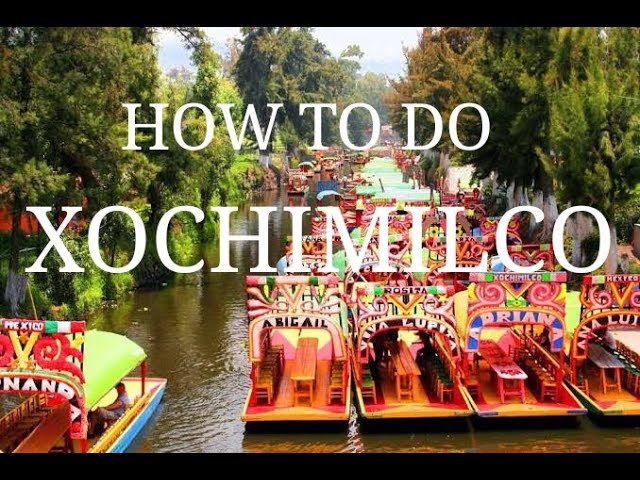An Overview of Xochimilco Floating Gardens
The Xochimilco Floating Gardens, also known as chinampas, are a unique sight in Mexico City. This UNESCO World Heritage Site is a testament to the ingenuity of the ancient Aztecs who built these artificial islands as a method of agriculture. Today, these floating gardens serve as a major tourist attraction, offering visitors a glimpse into Mexico’s rich history and culture.
History of Xochimilco Floating Gardens
The creation of the Xochimilco Floating Gardens dates back to the era of the Aztecs. They were originally designed as a means to grow food in the shallow lakes of the Valley of Mexico. The Aztecs built these floating gardens by weaving together reeds and other plant materials to form a base, which was then covered with soil and crops were planted. Over time, these floating gardens became an integral part of Aztec agriculture.
The Decline and Revival of the Xochimilco Floating Gardens
With the arrival of the Spanish in the 16th century, the Xochimilco Floating Gardens began to decline. The Spanish drained the lakes to prevent flooding, which led to the destruction of many of the gardens. However, in the 20th century, efforts were made to revive these gardens and they were declared a UNESCO World Heritage Site in 1987.
Experiencing the Xochimilco Floating Gardens Today
Today, the Xochimilco Floating Gardens are a major tourist attraction. Visitors can take a boat ride through the canals, enjoy traditional Mexican music and food, and even participate in workshops to learn about the history and cultivation techniques of the gardens.
Boat Rides through the Xochimilco Canals
One of the best ways to experience the Xochimilco Floating Gardens is by taking a boat ride through the canals. These brightly colored boats, known as trajineras, offer a unique view of the gardens. As you glide through the canals, you can admire the lush vegetation, watch local farmers tending to their crops, and enjoy the peaceful ambiance.
Traditional Mexican Music and Food
Another highlight of a visit to the Xochimilco Floating Gardens is the opportunity to enjoy traditional Mexican music and food. Mariachi bands often play on the boats, adding to the festive atmosphere. In addition, there are many food stalls along the canals where you can sample authentic Mexican cuisine.
Workshops at the Xochimilco Floating Gardens
For those interested in learning more about the history and cultivation techniques of the gardens, workshops are often held at the site. These workshops provide a hands-on experience, allowing visitors to learn about the traditional methods of building and maintaining the gardens.
How to Get to Xochimilco Floating Gardens
Getting to the Xochimilco Floating Gardens is fairly straightforward. They are located in the southern part of Mexico City and can be reached by public transportation or taxi. There are also guided tours available that include transportation to and from the site.
Things to Remember When Visiting Xochimilco Floating Gardens
- Plan your visit: The gardens can get quite crowded, especially on weekends and holidays. It’s best to plan your visit during off-peak times to avoid the crowds.
- Protect yourself from the sun: The sun can be quite strong in Mexico City, so remember to wear sunscreen, a hat, and sunglasses to protect yourself.
- Stay hydrated: It’s important to drink plenty of water, especially if you’re taking a boat ride or participating in a workshop.
- Respect the environment: The Xochimilco Floating Gardens are a UNESCO World Heritage Site and an important part of Mexico’s cultural heritage. Be sure to respect the environment and follow all rules and guidelines.
Conclusion
The Xochimilco Floating Gardens offer a unique experience that combines history, culture, and nature. Whether you’re taking a boat ride through the canals, enjoying traditional Mexican music and food, or learning about the cultivation techniques of the gardens, a visit to this UNESCO World Heritage Site is sure to be a memorable one.



